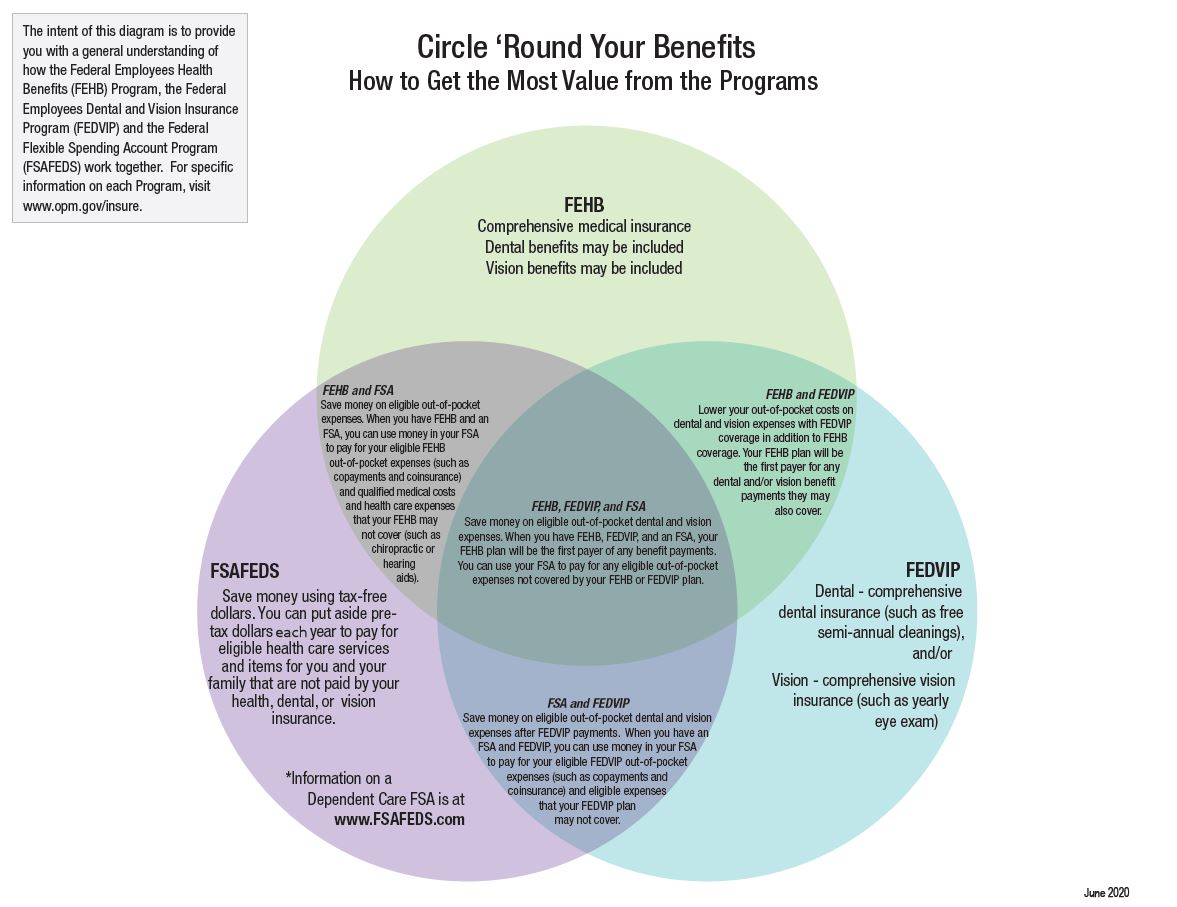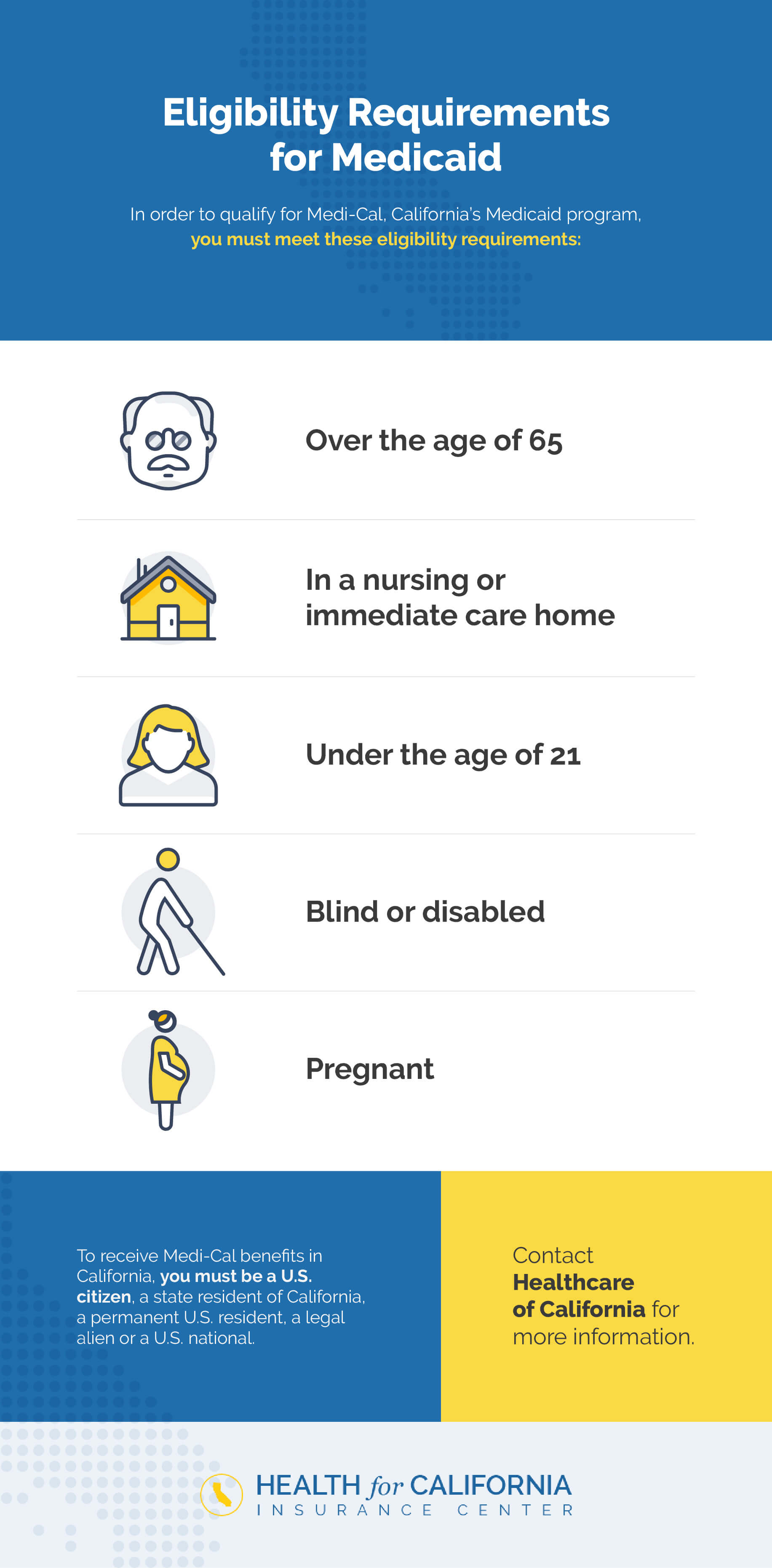An Unbiased View of Medicare Advantage Agent
An Unbiased View of Medicare Advantage Agent
Blog Article
Fascination About Medicare Advantage Agent
Table of ContentsFascination About Medicare Advantage AgentEverything about Medicare Advantage Agent10 Simple Techniques For Medicare Advantage Agent

adheres to from confusing the reasonably young age profile of the without insurance with the far better health and wellness, generally, of more youthful individuals. This covers the web link in between wellness condition and medical insurance. For those without accessibility to workplace health insurance coverage, bad wellness is a potential obstacle to acquiring nongroup protection because such insurance coverage may be very valued, exclude pre-existing problems, or be merely inaccessible. The number of uninsured Americans is not particularly huge and has actually not altered recently. Seven out of 10 participants in a nationally depictive study believed that fewer Americans lacked medical insurance than in fact do(Fronstin, 1998). Roughly fifty percent(47 percent )believed that the number of individuals without medical insurance decreased or remained consistent over the latter half of the last decade(Blendon et al., 1999). This drop of almost 2 million in the number of individuals 'without insurance coverage (a reduction
of about 4 percent)is absolutely a favorable change. With a softer economic climate in 2000 the current reported gains in insurance policy coverage might not continue(Fronstin, 2001 ). The decline in the variety of without insurance will not proceed if the economic situation continues to be slow and healthcare expenses remain to outmatch rising cost of living. This is due to the fact that the information were accumulated for a period of solid economic performance. Of the approximated 42 million individuals that were without insurance, just about concerning 420,000(about 1 percent)were under 65 years old, the age at which most Americans become qualified for Medicare; 32 million were adults in between ages 18 and 65, around 19 percent of all adults in this age team; and 10 million were youngsters under 18 years old, concerning 13.9 percent of all children (Mills, 2000). These quotes of the variety of persons uninsured are produced from the annual March Supplement to the Existing Population Study (CPS), carried out by the Census Bureau. Unless otherwise kept in mind, national quotes of individuals without health and wellness insurance coverage and proportions of the populace with various sort of insurance coverage are based upon the CPS, the most extensively used resource of price quotes of insurance policy protection and uninsurance prices. These studies and the price quotes they produce are defined briefly in Table B. 1 in Appendix B - Medicare Advantage Agent. These surveys vary in size and tasting techniques, the inquiries that are inquired about insurance coverage
Examine This Report about Medicare Advantage Agent
protection, and the moment duration over which insurance policy protection or uninsurance is determined(Lewis et al., 1998, Fronstin, 2000a ). Still, the CPS is specifically useful due to the fact that it creates yearly price quotes reasonably swiftly, reporting the previous year's insurance coverage estimates each September, and because it is the basis for a regular collection of price quotes for more than 20 years, enabling evaluation of patterns in protection over time.

An Unbiased View of Medicare Advantage Agent
Over a three-year duration beginning early in 1993, 72 million people, 29 percent of the U.S. populace, lacked protection for at the very least one month. Within a solitary year(1994), 53 million people experienced a minimum of a month without protection(Bennefield, 1998a). Six out of every 10 without insurance grownups are themselves used. Although working does improve the chance that and one's member of the family will certainly have insurance policy, it is not a guarantee. Also members of households with 2 permanent wage earners have virtually a one-in-ten chance of being uninsured (9.1 percent uninsured rate)(Hoffman and Pohl, 2000 ). The partnership between health insurance policy and accessibility to care is well developed, as documented later on in this chapter. Although the partnership between medical insurance and wellness end results is neither straight nor straightforward, a substantial professional and health solutions research study literary works web links medical insurance protection
to better access to care, better quality, and enhanced individual and population health status. The second report, on individual wellness outcomes for without insurance adults, is stood for by the inner circle of the figure, while the third report, on family members wellness, includes the subjects of the second record however emphasizes a different unit of analysis, namely, the family. The sixth record in the collection will offer information concerning approaches and campaigns undertaken in your area, statewide, or across the country to deal with the absence of insurance policy and its damaging effects. Levels of analysis for analyzing the effects of uninsurance. This conversation of medical insurance coverage concentrates largely on the U.S. populace under age 65 due to the fact that basically all Americans 65 and older have Medicare or various other public coverage.
In addition, it focuses especially on those without any medical insurance for any type of size of time. The troubles encountered by the underinsured are in some areas comparable to those encountered by the without insurance, although they are generally less serious. Uninsurance and underinsurance, however, involve clearly various policy problems, and the approaches for addressing them might vary. Throughout this research and the 5 records to adhere to, the major emphasis is on persons without health insurance policy and hence no help in paying for wellness treatment past what is readily available through charity and safety net organizations. Health insurance coverage is an effective factor affecting receipt of treatment since both individuals and doctors respond to the out-of-pocket price of solutions. Health insurance, however, is neither essential nor sufficient to acquire access to clinical services. However, the independent and straight result of health
insurance coverage on accessibility to health solutions is well established. Others will certainly acquire the healthcare they require even without medical insurance, by paying for it out of pocket or seeking it from providers who supply care cost-free or at highly subsidized prices. For still others, medical insurance alone does not ensure invoice visit this page of care due to various other nonfinancial barriers, such as an absence of healthcare service providers in their neighborhood, limited accessibility to transport, illiteracy, or etymological and social differences. Official research concerning uninsured populaces in the United States dates to the late 1920s and very early 1930s when the Committee on the Expense of Medical Treatment created a collection of reports about funding doctor workplace visits and hospitalizations. This concern came to be prominent as the varieties of medically indigent climbed during the Great Depression. Empirical researches regularly support the web link in between accessibility to care and improved health and wellness results(Bindman et al., 1995; Starfield, 1995 ). Having a regular resource of care can be thought about a predictor of gain access to, instead of a straight measure of it, when wellness results are themselves used as access indications. This extension of the concept of accessibility dimension was made by the IOM Committee on Checking Accessibility to Personal Wellness Care Solutions(Millman, 1993, p. Whether or not parents are guaranteed appears to influence whether or not their youngsters get care as well as just how much careeven if the kids themselves have insurance coverage(Hanson, 1998). The health of parents can impact their ability to care for their children and the degree of family members stress. Bothering with their children's accessibility to care is itself a source of stress and anxiety for parents. 3 internet phases follow in this report. Chapter 2 gives an introduction of how employment-based health insurance policy, public programs and individual insurance coverage run and engage to give extensive however incomplete coverage of the united state populace. This includes an evaluation of historic trends and public laws impacting both public and exclusive insurance, a discussion of the communications among the different kinds of insurance, and an exam of why individuals move from one program to an additional or wind up

Report this page